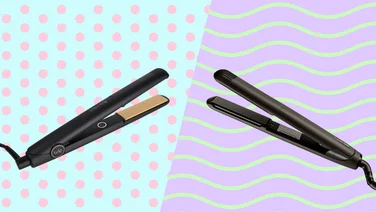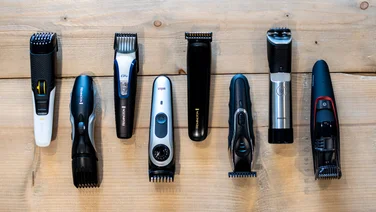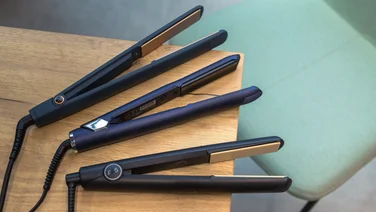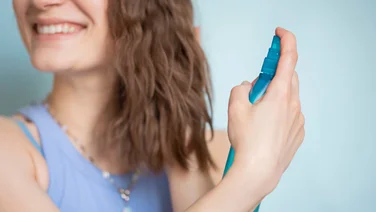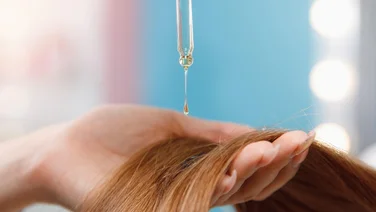To help us provide you with free impartial advice, we may earn a commission if you buy through links on our site. Learn more

Hair dryers are not complicated. At their core, they use warm air to dry wet hair. But in recent years, hair appliance brands have invented ways to refine and improve this process, leading to less damaging, faster results. Add to this specific settings catered to different hair types and you’ll find that choosing the best hair dryer is far more confusing than ever before.
To help us cherrypick the best options on the market, we’ve devised a thorough testing methodology that measures hair dryer’s wind speeds, noise levels, useability and results. This allows us to directly compare myriad hair dryers and make up-to-date, reliable recommendations. By weighing up quantitative data with qualitative results in our tests, we’re able to determine which hair dryers are brilliant value, which are worth splashing out on, and which are plain-old rubbish. You could say we look at each appliance with a fine tooth comb – sorry, we couldn’t resist the pun.
Below, you’ll find how we conduct our hair dryer tests.
How we test hair dryer wind speeds
Wind speeds can make or break a hair dryer – we’ve all been held up by a hotel hair dryer giving out a pathetic puff of air, for example. Getting your hair dry quickly can be the difference between loving your hair wash days and dreading them. While heat can help get the job done faster, high heat can frazzle the hair over time and shouldn’t be used to compensate for lower power. That’s why wind speed is a crucial factor in our hair dryer tests.
To test hair dryer wind speeds, we use a piece of equipment called an anemometer. This is, essentially, a fan that can measure the speed of the air passing through it. To avoid burning the equipment, we always use the lowest temperature setting – ideally a continuous cool shot – and the fastest wind speed setting available. We place the anemometer’s fan directly in front of the front-facing grille and record the highest wind speed reached, in meters per second. This allows us to consistently and fairly measure the maximum airflow of any hair dryer.
Once we have this data, and have repeated the test to ensure a consistent result, this data is added to a spreadsheet, where different hair dryers can be compared, and used to produce graphs such as the one below.
How we test hair dryer noise levels
If you have young children, get up for work very early or are using your dryer late at night, an especially noisy model risks waking up your household, or worse, the neighbours. When shopping for hair dryers online, many claim to be quieter than average but it’s impossible to get a real sense of how loud a hair dryer is without comparing it to other models. That’s why we always measure a hair dryer’s noise levels when reviewing hair dryers.
To do this, we use a sound meter app on a smartphone. Since fast-moving airflow can disrupt the sound waves picked up by the microphone, leading to an inaccurate reading, we also make sure to keep the phone’s microphone completely out of the airflow. From a 15cm distance from the hair dryer’s main body – about the distance a hair dryer would be from your head during use – we then record the highest noise levels in dB. As with the wind speed tests, this data is then added to a spreadsheet for comparisons and analysis.
How we test hair dryer useability
We consider various things when testing hair dryer useability, including quantitative and qualitative tests. Importantly, we weigh each hair dryer we test, with and without its cable to assess how comfortable it is to hold for long periods. We’ll also check how easy it is to reach and adjust the hair dryer controls during use. The amount of heat and speed options available is also noted, alongside the wire’s length, and how it attaches to the hair dryer.
In cases where the hair dryer comes with attachments, like concentrator nozzles, smoothing brushes or diffusers, we check that each attachment remains securely attached to the dryer. Each attachment will also be tested thoroughly – a concentrator nozzle will be used to create a smooth round brush blow dry, while a diffuser will be used to add volume to the root and diffuse natural hair textures.
After styling, we’ll note how the hair feels, paying close attention to shine levels, frizz and any signs of dryness. Then, over the course of a few days, we’ll monitor how well any volume and smoothness lasts to make sure all the hair dryer’s effects are worth their weight.

